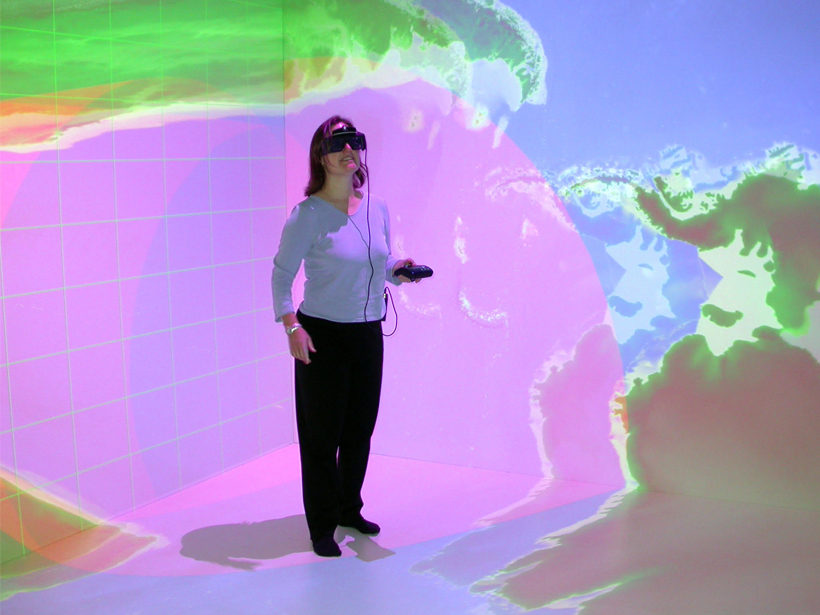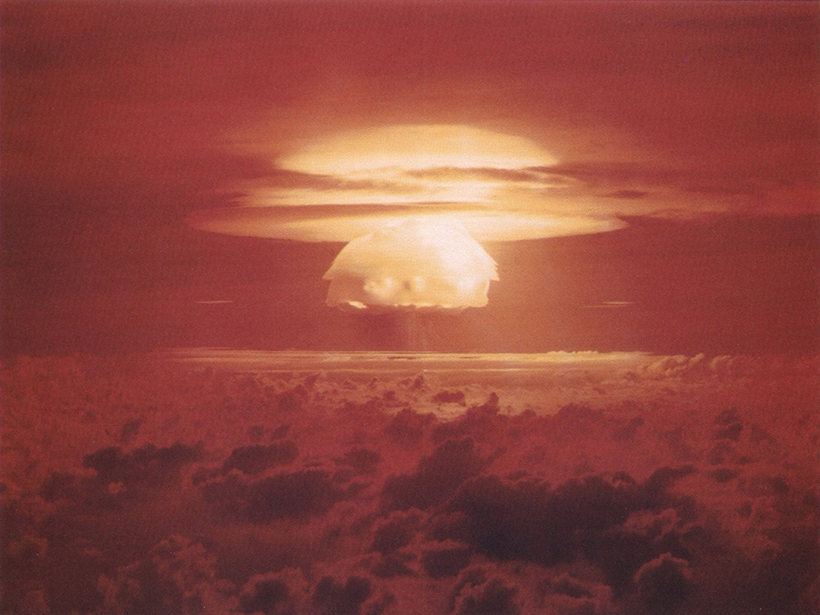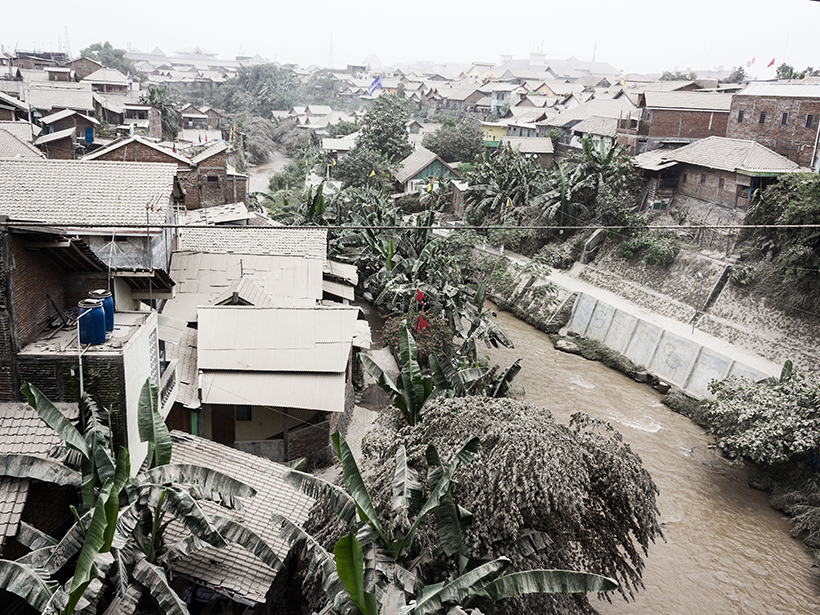Numerical simulations of earthquake cycle deformation reveal that co-seismic and interseismic fault propagation can produce distinct propagation angles that may be recorded in the crust.
CC BY-NC-ND 2019
Louise Kellogg: Geoscientist, Mentor, Science Communicator
The geoscientist, who studied Earth’s mantle and believed strongly in the power of mentoring, passed away in April.
Jupiter’s Galilean Moons May Have Formed Slowly
A new model is the first to simultaneously explain many of the moons’ characteristics, including their mass, orbits, and icy composition
Nuclear Winter May Bring a Decade of Destruction
New climate models present a grim prediction of what would happen worldwide after a nuclear war between the United States and Russia.
Golden State Blazes Contributed to Atmospheric Carbon Dioxide
A new case study investigates causes and effects of California’s 2017 wildfire season.
600 Years of Grape Harvests Document 20th Century Climate Change
A 664-year record of grape harvest dates from Burgundy, France, reveals significantly warmer temperatures since 1988.
Standardizing the Surge of Paleoclimate Data
Researchers unveil a community-wide effort to standardize terminology and reporting requirements across paleoclimate data.
A Thermochemical Recording Mechanism of Earth’s Magnetic Field
A laboratory study assesses thermochemical remanence as a reliable paleointensity recorder, which could open new venues for studying Earth’s ancient magnetic field.
Indigenous Knowledge Puts Industrial Pollution in Perspective
A 3-year project documents how climate change is affecting the sequestration of decades-old mining by-products in Canadian lakes.
Explosive Volcanic Eruption Powered by Water-Saturated Magma
Little seismic unrest preceded the 2014 eruption of a stratovolcano in Indonesia, which suggests that the eruption was kick-started internally by volatile-triggered overpressure.

![Figure 4 from paper by Preuss et al. [2019]](https://eos.org/wp-content/uploads/2019/09/2019JB017324-Figure-4-sized.png)








